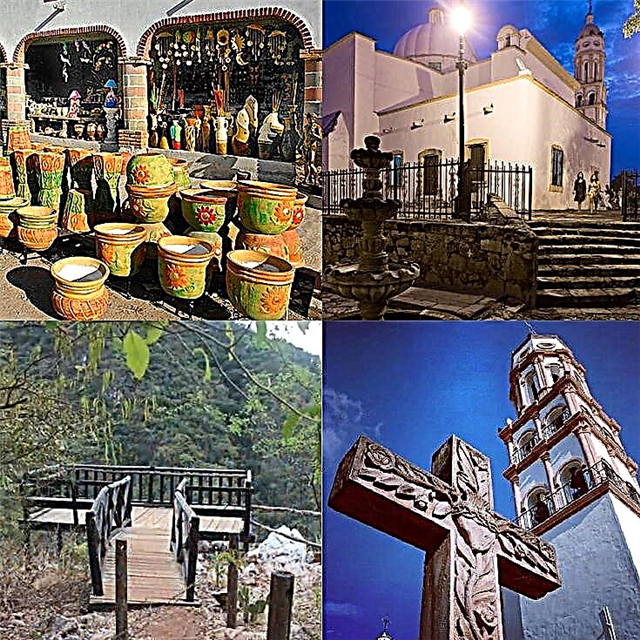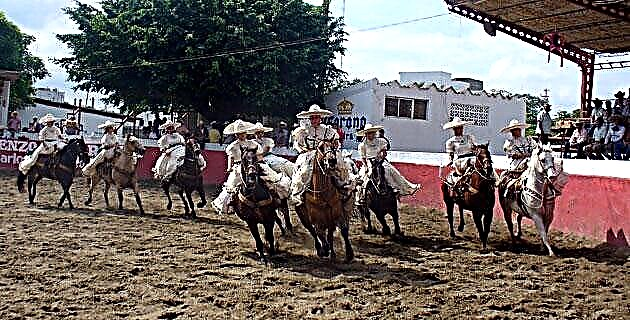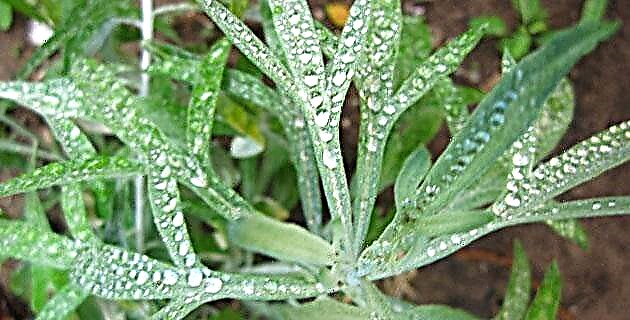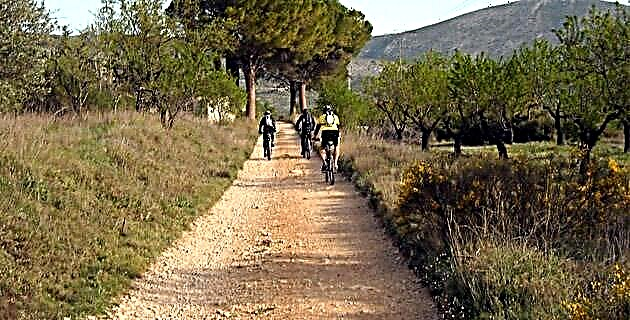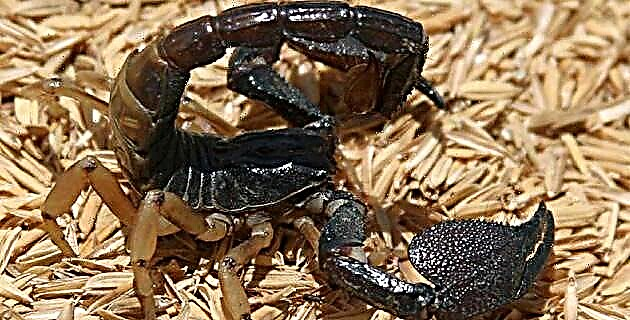
Apparently there were no flashy or showy reptiles that could have remained anonymous to this day, but there are!
Apparently there were no flashy or showy reptiles that could have remained anonymous to this day, but there are!
Mexico, as is known, has one of the richest and most varied flora and fauna in the world, a wealth that is due more to its particular geographic location than to its size. However, the fact that no country on the planet is home to as many species of reptiles as ours is less widespread. How many are there exactly? Nobody knows until now. When consulted with an expert in the field, he or she will say that there are approximately 760, a figure close to the reptile species so far scientifically identified. But surely their number is greater, since year after year new specimens are discovered and, naturally, other types of animals as well.
In the case of reptiles, most of them are saurians and not very showy snakes, almost insignificant, hidden in hiding places, which to this day have managed to escape human sight. Such is the case of the animals that live in many regions of the Mexican mountain systems still inaccessible to the student. On the other hand, it is not expected that there are still striking or showy reptiles that could remain anonymous to this day. But there are! The best example has been provided by Gunther Koehler, a German herpetologist who in 1994 found in southern Campeche a hitherto unknown saurian, of the genus Ctenosaura, called the black iguana.
Koehler, an expert on this group of iguanas, named it Ctenosaura alfredschmidti in honor of his friend and promoter of herpetology, Alfred Schmidt.
At present, the Ctenosaura alfredschmidti is only known from the place where it was found for the first time, that is, near the main road that runs from Escárcega to Chetumal. Their way of life and customs are hardly being known exactly. The Ctenosaura alfredschmidti lives in trees and rarely crawls to the ground. In its place of origin it is known as a "scorpion" because it is wrongly classified as poisonous.
The "scorpion" measures a maximum of 33 cm, which means that it is not as large as the larger species of its genus, which can measure up to more than a meter in total. Of all of them the "scorpion" is undoubtedly the most beautiful. What is striking is its relatively short tail covered in spiny scales, which it uses to grip firmly within its hiding place, making it practically impossible to get it out of there. The color of its body also distinguishes it from all other iguanas, with the exception of its close relative, the defender Ctenosaura iguana, which like the "scorpion" lives exclusively in the Yucatan peninsula and is popularly known as "chop" .
In general terms, the “scorpion” and the defending iguana Ctenosaura are very similar, although there are differences between them in terms of their way of life. While the former lives in the trees, the "chop" lives in narrow holes in the rocks, close to the ground.
The male "scorpion" is especially colorful. Its head, tail and hind legs glow malachite blue, while its back is black in the front, and dark red or reddish brown in the rear. It is capable of changing its color almost as fast as a chameleon. Leaving its hiding place in the morning, the "scorpion" appears dull in tones, but as its body warms up and becomes active, it exhibits a splendid, shimmering coloring.
The female "scorpion", brown in color, is less showy than the male and smaller in size. Like all Ctenosaura species, the “scorpion” possesses strong, sharp claws that allow it to easily climb the slipperiest of trees.
Usually the "scorpion" is the only inhabitant inside its hole. In the same tree a male and a female could simultaneously lodge, although in a different hole. This species spends the night and most of the day in its burrow, the diameter of which is large enough so that it can enter and exit without problem. However, its growth is conditioning the change of its dwelling with some frequency. In its hiding place it normally slides forward, letting its tail block access to the hole, making it virtually impossible for potential enemies to attack it.
As the air warms, the "scorpion" slides back out of its hole to bask in the sun. When your body has reached the right temperature, it takes on the task of looking for everyday food. It feeds, like all of its kind, on plants, that is, on the leaves of the tree where it lives, and occasionally also on insects and other invertebrates. On the contrary, this species, in its juvenile stage, requires a diet rich in protein for its growth, which is why in this stage it is basically carnivorous.
Regarding the reproduction of the "scorpion", its process is still unknown. The "chop", for example, lays once a year, usually in April, two or three eggs, and it is not until June that the small iguanas hatch. It is very likely that the reproduction of the "scorpion" is similar to that of the "chop" by the simple fact that both are very close relatives.
The Campeche “scorpion” belongs to the vast and varied family of iguanas (Iguanidae) and is not closely related to the saurians of the genus Heloderma, also characterized in its homeland as “scorpion”. Both species, Heloderma horridum and Heloderma suspectum, form the only truly poisonous saurians in the same family (Helodermatidae) and live in the Pacific coastal zone, which extends from the southwestern United States (Heloderma suspectum), through all of Mexico, to Guatemala (Heloderma horridum). It is common for all "scorpions" to have few natural enemies. Ctenosaura alfredschmidti is certainly not poisonous like its cousin, but it can bite extraordinarily hard, despite its regular size, and cause deep wounds. Furthermore, it is always alert and rarely wanders from its hiding place. As a tree dweller it takes special care of birds of prey.
Man undoubtedly represents the greatest threat to this prehistoric-looking reptile. As yet too little is known about the "scorpion" to conclude that its existence is threatened. Although it is only known from its own place of origin, it can be speculated that its range in Campeche is wider. However, the main threats to its survival are, on the one hand, the gradual clearing of the extensive forests in which it inhabits, and on the other, the indiscriminate collection of firewood in the vicinity of the villages, which includes old and gnarled forests. trees where it hides.
For the adequate protection of the “scorpion” it is necessary above all to study its way of life and its distribution. It is also important to inform the local population about its harmless nature and about the importance of its protection as a species. Otherwise, it would be a shame if this unique and rare inhabitant of Mexico disappeared forever, before you even had a chance to meet him.
Source: Unknown Mexico No. 279 / May 2000


